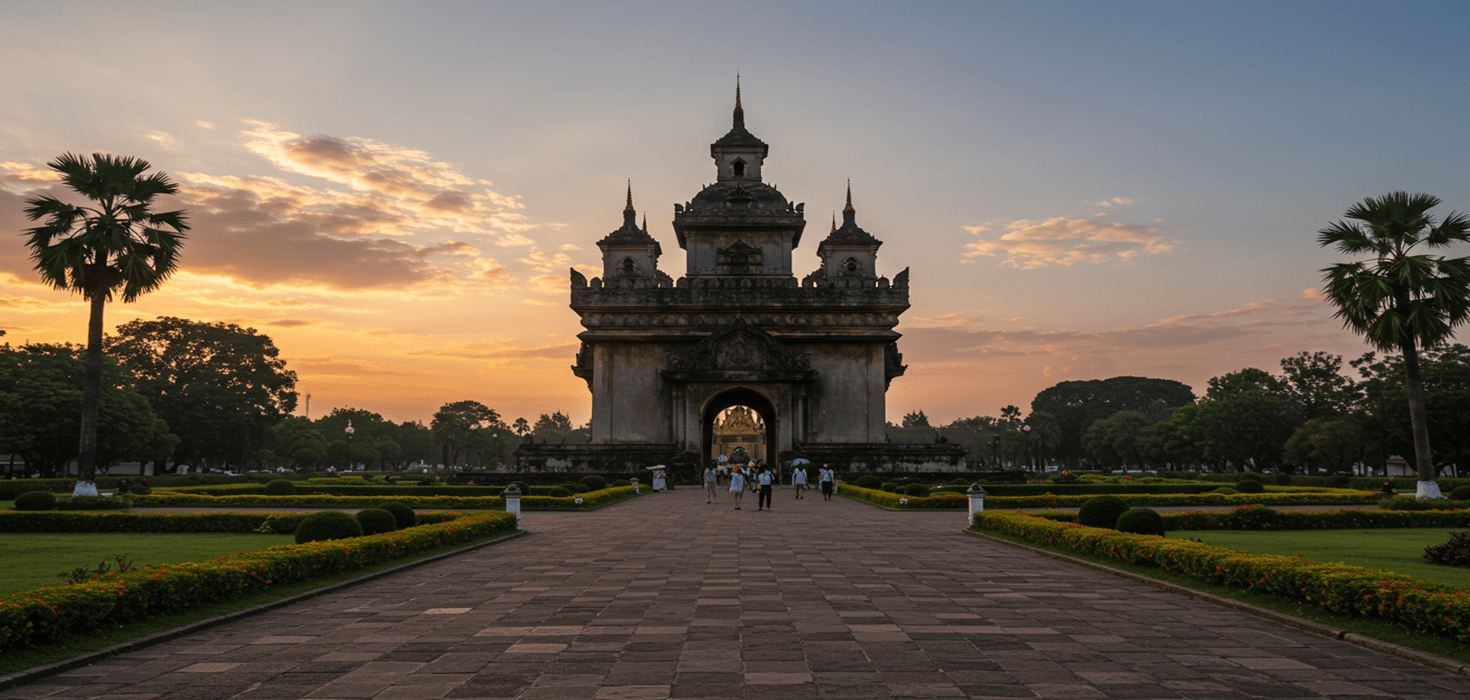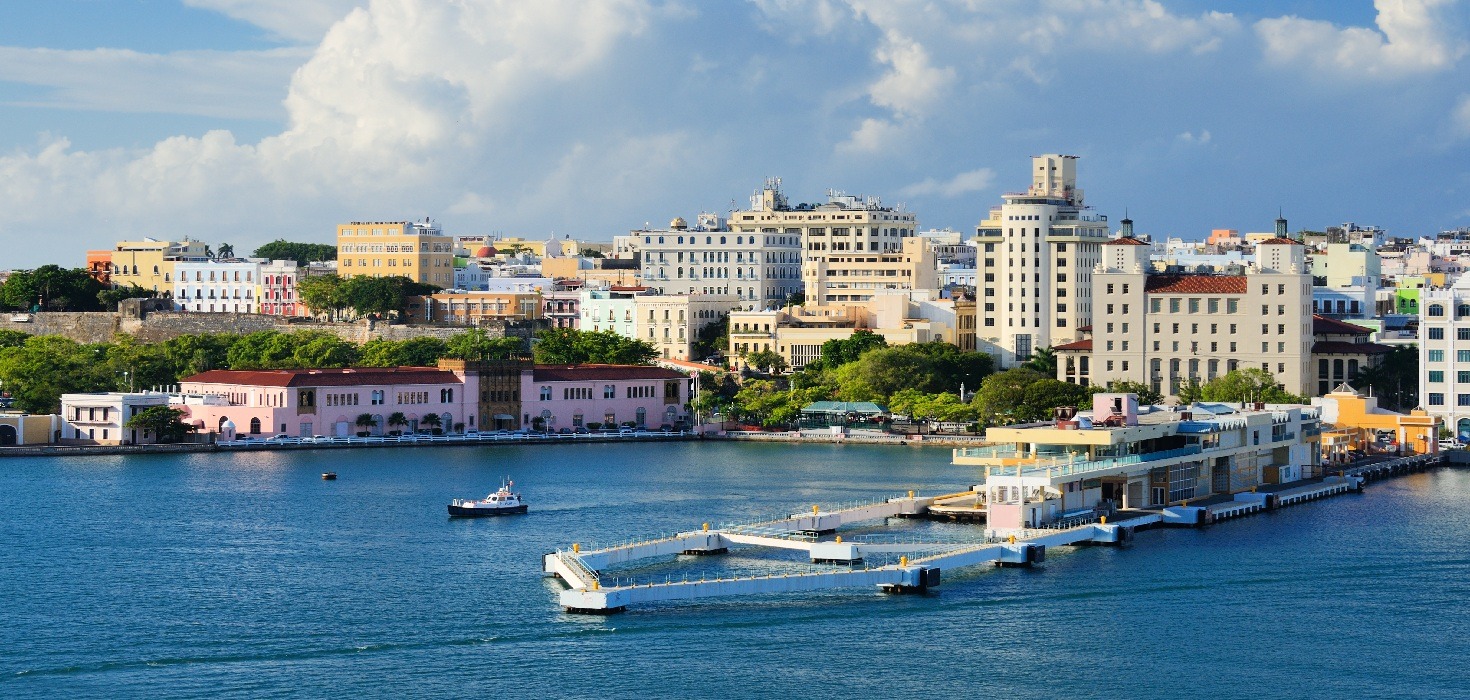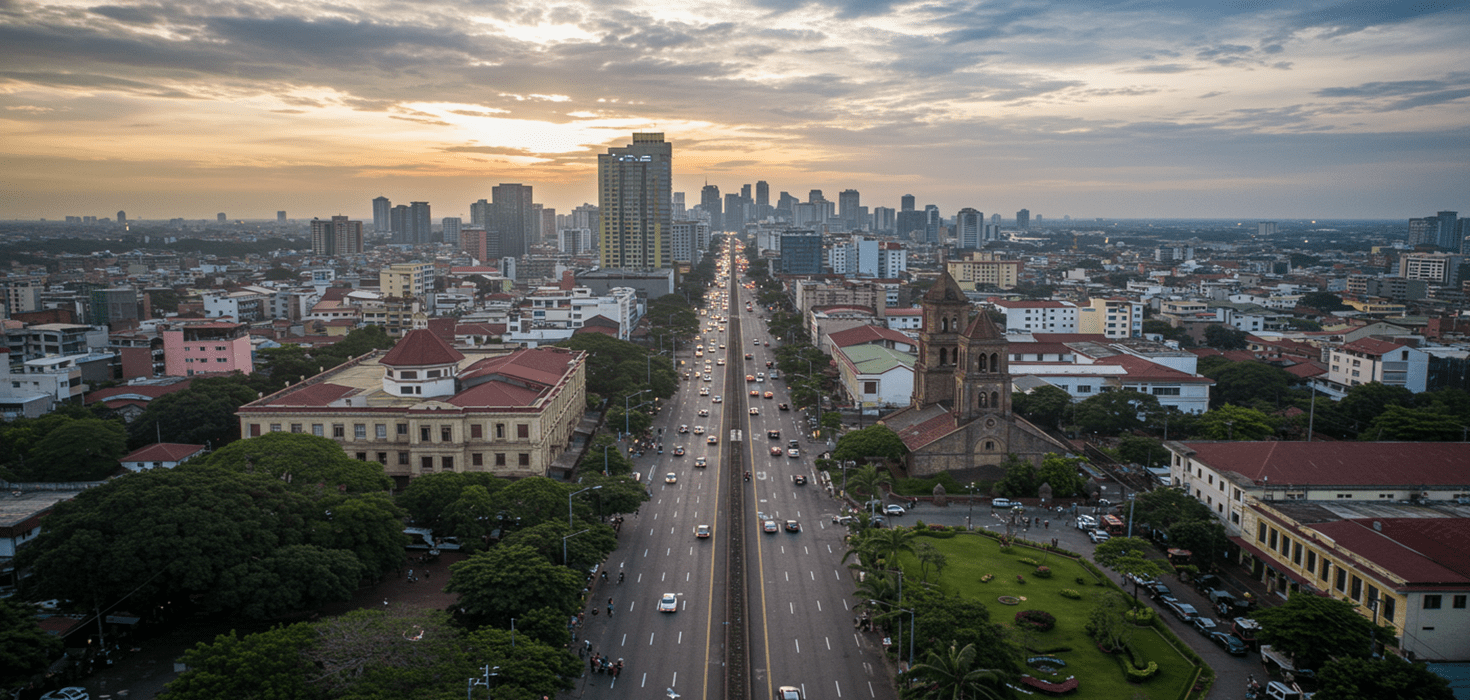Welcome to the Festive Heart of Korea!
As the sun rises over the stunning landscapes of South Korea, a kaleidoscope of colors and sounds fills the air, signaling the arrival of numerous korean celebrations in 2024. Each festival is a vibrant celebration of culture, history, and community, inviting travelers from around the globe to immerse themselves in the unique traditions that define this beautiful country. From exhilarating parades to mouthwatering culinary experiences, there’s a feast for the senses waiting at every corner.
Discovering Korean Celebrations: A Cultural Extravaganza
Throughout the year, South Korea showcases a rich tapestry of korean cultural events that beautifully blend tradition with modernity. Whether it’s the joyous family gatherings during Seollal or the heartwarming festivities of Chuseok, each celebration tells a story steeped in history and significance. Travelers can witness how ancient customs are lovingly preserved while also being adapted to contemporary life, creating a dynamic cultural experience that is both authentic and engaging.
Imagine the joy of partaking in a traditional korean celebration, where the air is filled with laughter, music, and the tantalizing aromas of street food wafting through the streets. The lively atmosphere of these festivals is infectious, making it impossible not to get swept up in the excitement. From the colorful costumes worn during parades to the intricate rituals performed in honor of ancestors, every element of these events is a testament to Korea’s rich heritage and vibrant community spirit.
Must-Attend Festivals in 2024: A Calendar of Joy
Mark your calendars! 2024 is packed with incredible korean festivals that promise unforgettable experiences. Here’s a sneak peek at some must-attend events:
Seollal Celebrations
Kick off the year with Seollal, the Korean Lunar New Year, celebrated on February 10, 2024. This festival is all about family reunions, honoring ancestors, and indulging in delicious traditional foods. Expect to see families dressed in beautiful hanbok, performing rituals that pay respect to their forebears, while enjoying delectable dishes like tteokguk (rice cake soup) that symbolize the gaining of a year in age.
Chuseok Festivities
Next up is Chuseok, Korea’s version of Thanksgiving, taking place from September 17 to September 19, 2024. This harvest festival is a time for families to gather, share traditional foods, and express gratitude for the year’s bounty. Prepare your taste buds for mouthwatering dishes like songpyeon (rice cakes filled with sweet fillings) and a variety of seasonal fruits that grace the tables across the country.
Lotus Lantern Festival
On May 5, 2024, the Lotus Lantern Festival lights up the streets in celebration of Buddha’s birthday. This enchanting festival features vibrant parades filled with beautifully crafted lanterns, traditional music, and cultural performances that captivate audiences of all ages. Join the festivities and witness the stunning display of lights and colors that symbolize hope and enlightenment.
Andong International Mask Dance Festival
From October 4 to October 8, 2024, don’t miss the Andong International Mask Dance Festival, a celebration of Korea’s rich cultural heritage. This unique festival showcases traditional mask dances that have been passed down through generations, offering a glimpse into the country’s folklore and artistic expressions. Get ready to be mesmerized by the performances that blend humor, drama, and storytelling!
Suwon Hwaseong Cultural Festival
Finally, the Suwon Hwaseong Cultural Festival can be enjoyed from October 4 to October 6, 2024. This festival highlights the historical significance of the Suwon Hwaseong Fortress, a UNESCO World Heritage Site. Visitors can explore traditional crafts, partake in cultural activities, and enjoy performances that celebrate the rich history of this remarkable location.
With so many korean festivals taking place in 2024, each offering unique experiences and cultural insights, there’s no better time to plan your visit to Korea. Whether you’re drawn to the colorful parades, the mouthwatering food, or the rich traditions, every moment spent at these celebrations will leave you with cherished memories.
Culinary Delights: Savoring Traditional Korean Cuisine
Food lovers, rejoice! Korean celebrations are not just a visual feast; they are a culinary adventure that tantalizes the taste buds. During festivals like Seollal and Chuseok, families come together to prepare and enjoy traditional dishes that have been passed down through generations. This is the perfect time to indulge in Korea’s rich culinary heritage!
Signature Dishes for Seollal and Chuseok
During Seollal, the highlight is tteokguk, a savory rice cake soup that symbolizes the gaining of a year in age. It’s not just a meal; it’s a rite of passage! Families gather around the table to share this dish, along with other treats like jeon (savory pancakes) and galbijjim (braised short ribs). The warmth of the soup and the joy of family togetherness make it a truly special occasion.
Chuseok brings its own array of deliciousness, featuring songpyeon, rice cakes filled with sweetened sesame seeds or red beans, and seasonal fruits that burst with flavor. Families often spend time making these treats together, creating not just food, but also cherished memories. Don’t miss out on tasting these delightful dishes at local markets and restaurants during the festival!
Street Food Festivals and Local Delicacies
As you wander through the streets during the festivals, the aroma of korean street food wafts through the air, beckoning you to indulge. From hotteok (sweet pancakes filled with brown sugar) to odeng (fish cake skewers), street food is a must-try experience. Many festivals feature food stalls where you can sample a variety of local delicacies, making it a perfect opportunity to explore Korea’s culinary scene.
For those looking to experience food festivals, keep an eye out for events like the Korean Food Festival, where you can learn about regional dishes and participate in cooking classes. This is a fantastic way to engage with the culture and bring a piece of Korea back home!
Colorful Parades and Performances: The Heart of Korean Celebrations
The sights and sounds of korean parades and cultural performances are nothing short of exhilarating! Festivals are alive with traditional music, dance, and vibrant costumes that tell stories of Korea’s rich history. Whether you’re watching a mask dance or a lively folk performance, each act is infused with cultural significance and artistry.
Traditional Music and Dance Performances
During festivals, expect to see performances of korean traditional music, including the soulful sounds of the gayageum (a traditional string instrument) and the rhythmic beats of the buk (drum). Dance performances often feature colorful attire and intricate movements that reflect Korea’s diverse cultural heritage. Joining in on these performances is a fantastic way to connect with locals and experience the joy of Korean celebrations firsthand!
Engaging in Local Celebrations: How to Participate
Ready to get involved? Participating in local celebrations in Korea can be one of the most rewarding experiences during your visit. Here’s how you can immerse yourself in the festivities:
Suggestions for Participating in Traditional Rituals
Many festivals welcome visitors to join in traditional rituals, such as the jesa ceremony during Chuseok, where families pay respect to their ancestors. You can observe or even participate in these meaningful practices, which offer a glimpse into the heart of Korean culture. Don’t hesitate to ask locals about their traditions; they will often be thrilled to share their customs with you!
Engaging with the Community
Another way to engage is by volunteering or taking part in community activities, such as helping to set up festival booths or participating in local games. Many towns hold competitions during festivals, and joining in can be a fun way to make new friends and create unforgettable memories.
Thematic Day-by-Day Itinerary: Maximizing Your Festival Experience
To make the most of your festival adventure, here’s a suggested itinerary that ensures you catch all the highlights:
Day 1: Arrival and Seollal Celebrations
Arrive in Korea just in time for Seollal. Start your day by visiting a local market to experience the festive atmosphere. In the evening, join a family celebration or visit a restaurant that offers traditional tteokguk.
Day 2: Exploring Chuseok Traditions
On the second day, immerse yourself in Chuseok activities. Participate in local rituals and taste songpyeon. In the afternoon, head to a cultural center where you can watch traditional performances.
Day 3: Enjoying the Lotus Lantern Festival
Spend your final day at the Lotus Lantern Festival! Explore the stunning lantern displays and enjoy the parades. Don’t forget to try some delicious street food while you’re there!
Fun Facts About Korean Festivals: Did You Know?
Let’s sprinkle in some fun trivia about korean celebrations that will make you the life of the party:
- Did you know? The Andong International Mask Dance Festival features over 20 different types of traditional masks, each with its own story!
- During Chuseok, it’s common to see families performing a ritual called shikhye, a sweet rice drink served to guests.
- The Lotus Lantern Festival is celebrated not only in Korea but also in various countries with large Buddhist populations, showcasing the universal appeal of this beautiful tradition!
Historical Context and Folklore: The Stories Behind the Celebrations
Every festival in Korea has a rich historical context that adds depth to the celebrations. For instance, Seollal is rooted in ancient agricultural practices, marking the beginning of the new year and the first harvest. Similarly, Chuseok has origins in the Gabae game, a traditional board game played during the harvest season. These stories and legends are often shared during family gatherings, making the celebrations even more meaningful.
Practical Information for Travelers: Tips for a Smooth Experience
To ensure your festival experience is seamless, here are some handy tips:
Transportation Tips
Public transport is the best way to get around during festivals. Buses and subways often run extra services to accommodate the crowds. Make sure to download a transport app to check schedules and routes!
Accommodation Advice
Book your accommodations early, as hotels fill up quickly during festival seasons. Look for places close to festival locations to save time and enjoy the festivities to the fullest!
Safety Guidelines
Stay hydrated and wear comfortable shoes, as you’ll be doing a lot of walking. Keep your belongings secure, especially in crowded areas, and don’t hesitate to ask locals for help if needed.
Sustainability and Conservation Focus: Celebrating Responsibly
As you revel in the festivities, consider the impact on the environment. Many festivals in Korea are moving towards sustainable practices, such as using eco-friendly materials for decorations and promoting local products. You can contribute by:
- Using reusable bags for shopping at festival stalls.
- Participating in clean-up activities organized by local communities.
- Choosing public transport over taxis to reduce your carbon footprint.
Shopping Guide: Souvenirs and Local Crafts
Don’t leave Korea without picking up some unique souvenirs! Festivals often feature stalls selling traditional crafts, such as hanbok (traditional clothing), pottery, and handmade jewelry. These items make for great gifts and mementos of your time in Korea.
Transportation Details: Getting Around During Festivals
Getting to festival locations is easy with Korea’s efficient public transport system. Here are some key tips:
- Use the subway for quick access to major festival sites. Most stations have signs in English.
- Consider getting a T-money card for convenient travel on buses and subways.
- Check for special festival shuttle buses that may operate during major events.
Seasonal Travel Insights: Best Times to Visit for Festivals
If you’re planning your trip around seasonal festivals in Korea, spring and autumn are particularly vibrant. Spring is perfect for the Lotus Lantern Festival, while autumn is ideal for Chuseok. Each season offers its own unique charm and festivities, making it a delightful experience no matter when you visit!
Commonly Asked Questions (FAQs): Your Festival Queries Answered
Here are some frequently asked questions about attending Korean festivals:
What should I wear to festivals?
Comfort is key! Wear comfortable clothing and shoes, and if you want to embrace the spirit, consider renting or buying a hanbok to wear during the celebrations.
Are festivals family-friendly?
Absolutely! Most festivals have activities for all ages, from traditional games to food stalls that cater to children. It’s a great way for families to bond and create lasting memories.
How can I learn more about the traditions?
Engage with locals and ask questions! Many are eager to share their culture and traditions with visitors. You can also find guided tours that focus on cultural experiences during festivals.
With a lineup of vibrant experiences awaiting you during Korean celebrations in 2024, there’s no better time to dive into the heart of Korea’s culture. Whether you’re savoring delicious food, enjoying lively performances, or participating in traditional rituals, every moment will be a cherished memory to take home. So pack your bags, grab your camera, and get ready for an unforgettable adventure!











